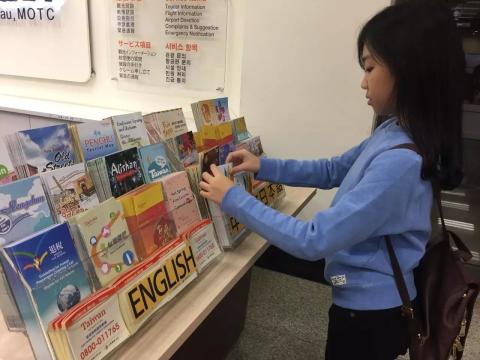
The trip to Taipei was really a hasty choice. Although Taiwan has always been an ideal place in my heart, the six-day holiday was too short for Taiwan, so I had to choose Taipei for an in-depth tour, which was also the beginning of the trip to Taiwan.
To go to Taiwan, you need two documents and one visa, namely Taiwan Travel Permit for Mainland Residents + Taiwan Entry Permit + G Visa. Passes and endorsements are obtained at entry and exit. The general way to apply for Taiwan Entry Permit is through Taobao or a travel agency. Travel agency prices are on the higher side. We chose Baicheng.com, which specializes in visa processing. The price is as good as Taobao, and the procedure is clear. After uploading the materials on the mobile phone, it can be easily completed within 1 week, and you can just print it out with a color laser.
The air ticket prices in Taiwan are not as good as those in Hong Kong, and there are not that many flights. There are two airports in Taipei - Taoyuan Airport and Songshan Airport. Taoyuan Airport is larger and Songshan Airport is closer to the city. The tourist information is divided into four languages: Chinese, English, Japanese and Korean.
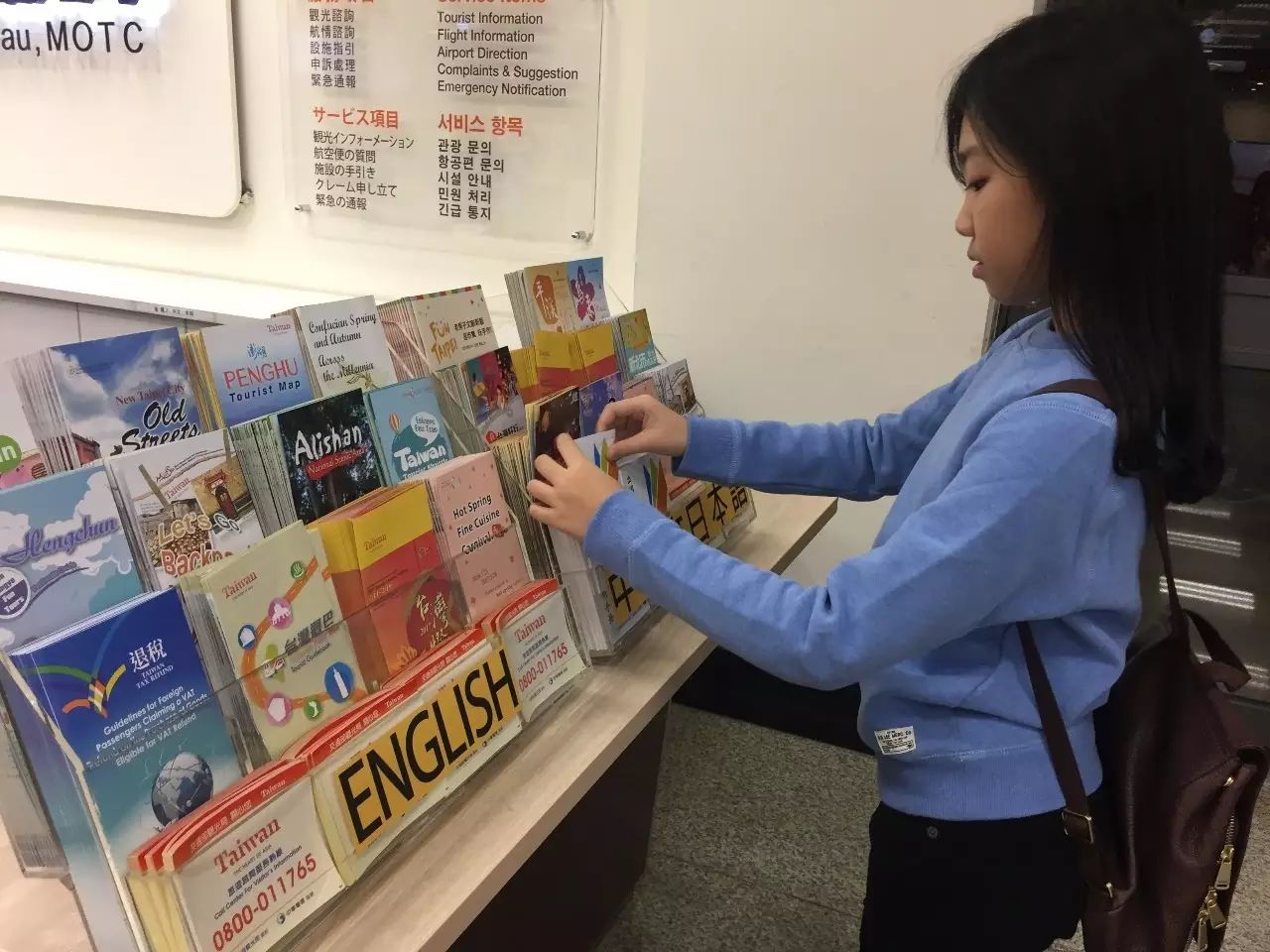
Our trip landed at Songshan Airport, so we chose the Simple+ Hotel, which is only two MRT stops away from the airport. The hotel was booked through booking, including breakfast, and the breakfast was quite rich.

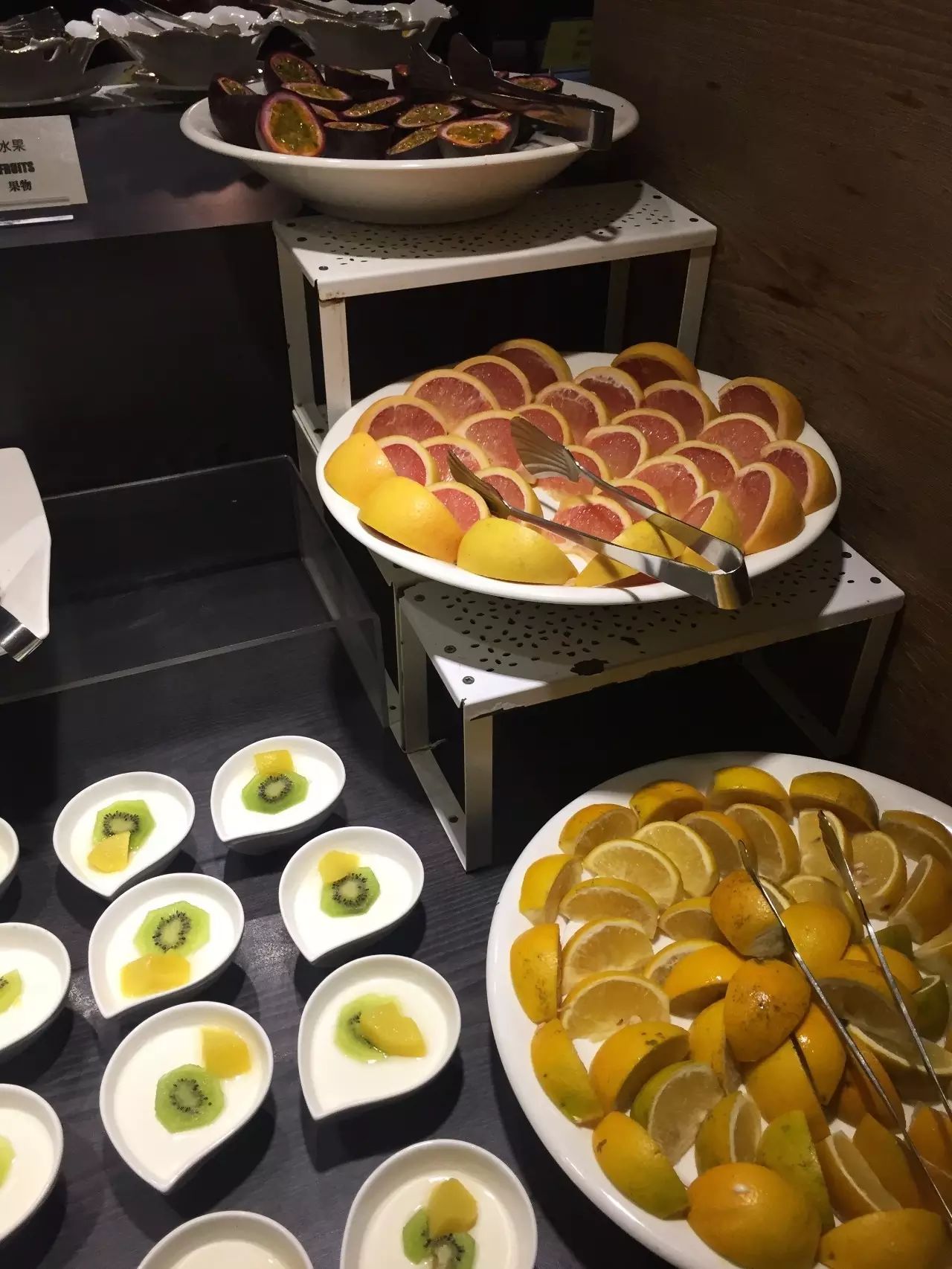
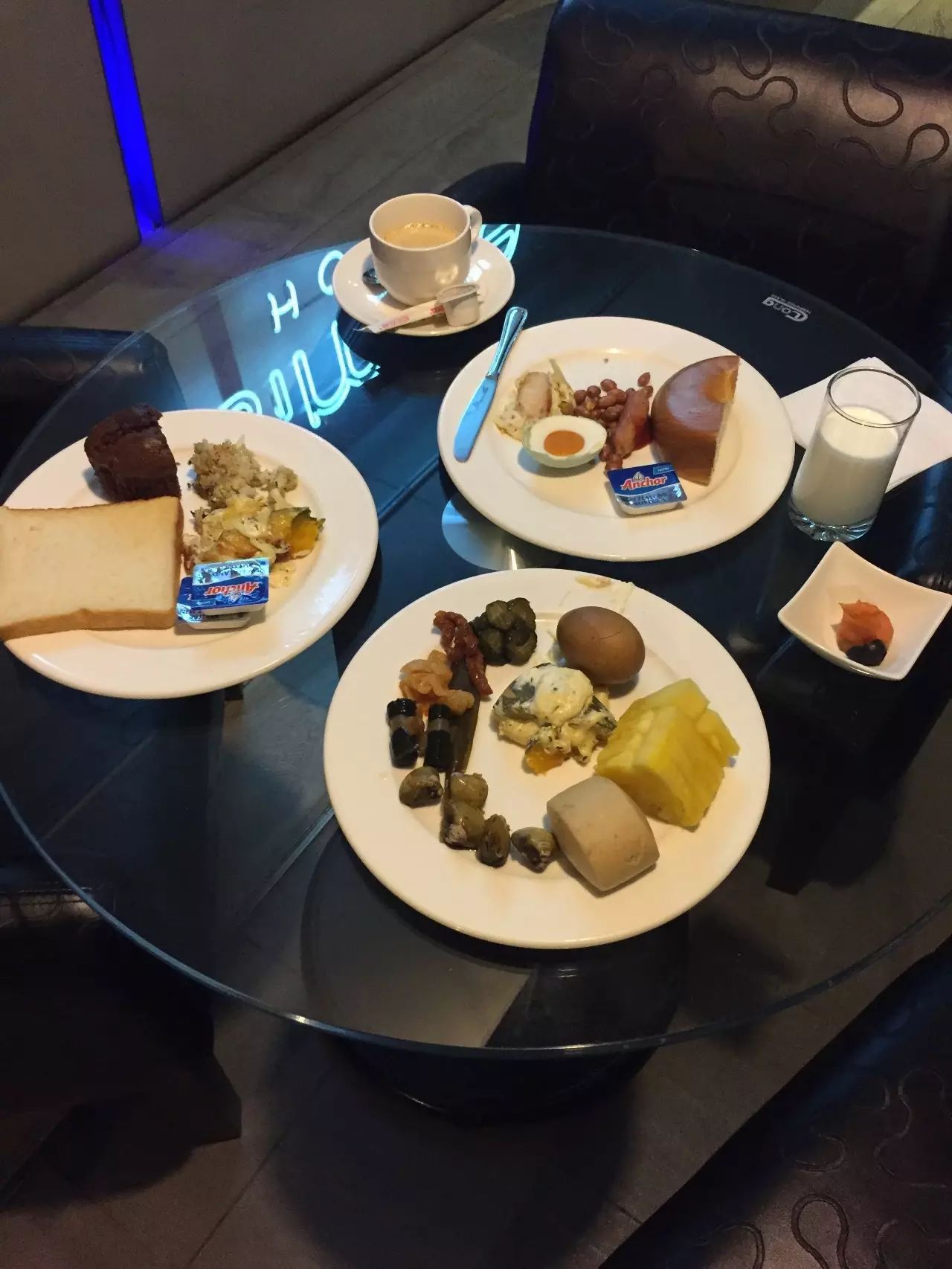
Travelers to Taipei mostly choose hotels near Taipei Main Station, followed by Ximending. After studying the MRT map, I found that the location of the Simple+ Hotel at Nanjing Fuxing Station is also very convenient. This station is the transfer station of the MRT. One stop away is the Zhongxiao Fuxing Sogo Museum, and there is the Liaoning Street Night Market nearby. There is a large Cosmetics store at the door, 7-11, and FamilyMart. The hotel provides breakfast, is equipped with a gym, self-service washing machines, dryers, and standard toiletries.

Taiwan calls its subways MRTs. Currently, Taipei has 5 lines and 2 branch lines. After getting off the plane, apply for an EasyCard at the MRT station, which is convenient for taking the subway and buses. The deposit of NT$100 is non-refundable, and the recharge amount is NT$100 or its multiples. The remaining change in the card can be spent at 7-11 or reserved for next use. Children ride the MRT at the same price as adults, and only buses and trains have discounts. During this 6-day trip, except for one taxi ride, I relied on the EasyCard for everything else. One person recharged 500 NT dollars and still had money left over. This price is really discounted compared to Hong Kong.
Let’s talk about buses in Taipei. Bus fares in Taipei are different. Some have to punch in when getting on the bus, and some have to punch in when getting off. Just follow the driver’s instructions when you get on the bus. Pay attention when getting off the bus. There is an alighting bell on the bus. You have to ring the bell to remind the driver before getting off. Of course, Taiwanese drivers are also very enthusiastic. If you get on the bus and tell them where to get off, the driver will remember it and even tell the passengers to go first. Go to sleep later. Does it feel very caring? In addition, there are many mountain roads in Taipei. When we returned to Taipei from Jingtong, we could have taken the bus, but the service staff at the train station still suggested that we return to Ruifang and then take the train back because the mountain roads are dangerous.
Taipei Day 1 Weather: Cloudy
The plane was delayed, and I couldn't go anywhere to the hotel in Taipei. The planned night view of Longshan Temple was also scrapped. I went to 7-11 and Cosmetics to do some shopping, and then returned to the hotel to take a bath and sleep. You can apply for tax refund service by shopping at Cosmed for NT$2,000, and you need to bring your Taiwan Entry Permit.
Taipei Day 2 Weather: Cloudy with light rain
The National Palace Museum in Taipei is one of the must-see attractions in Taipei, whether on a group tour or on your own. Before going there, I was always worried that this attraction would be too popular. In fact, the Pingxi Line train at the back is the most popular attraction on this trip. Let’s go back to the Palace Museum first.
In terms of transportation, since the MRT station closest to the Forbidden City is Shilin Station, you usually get off at Shilin Station on the Tamsui Line of the MRT, and then take Red 20 or transfer to a bus. Many lines are accessible. Bus stations in Taipei There is an electronic screen scrolling to indicate the bus arrival time, which is very user-friendly. The bus goes directly to the entrance of the National Palace Museum, so we don’t have any outdoor photos of the National Palace Museum in Taipei.
Tickets for Taipei attractions are all reasonably priced, regular tickets are NT$250/person, children's discount tickets are NT$150/person, the opening hours are 8:30-18:30, and there are night shows until 21:00 on Fridays and Saturdays, so If you plan to avoid tourist groups, you can arrange a night tour. The museum is expected to take 3-4 hours. Those who really like antiques and cultural relics can also arrange a day. You can rent a tour guide on the left side of the entrance for NT$100/unit. If you want to hear something exciting, it is recommended to find a tour guide. When we were about to finish the tour, we heard a local tour guide who gave an extremely exciting explanation, and then we realized that the tour guide's explanation was too mediocre.
The National Palace Museum in Taipei has a collection of more than 600,000 cultural relics. The exhibits are changed every three months. It was officially opened for photography on December 2, 2016. Haha, applause is needed here! This is also the most meaningful information I found on the official website. But please note that in some exhibition halls, calligraphy and painting exhibits are difficult to preserve and have limited lifespans, and some are not allowed to be photographed.
Mainland China’s travel to Taiwan may have cooled down a bit at present, because there are more Japanese tourists in the National Palace Museum, and they are student groups wearing school uniforms. The Jade and Cabbage Exhibition Hall, which is the most popular museum among mainland tourists, did not have long queues as expected.

In fact, compared to the famous exhibit of Jade Jade Cabbage and Braised Pork, the National Palace Museum in Taipei has much more to offer.
Colorful Chicken Cup
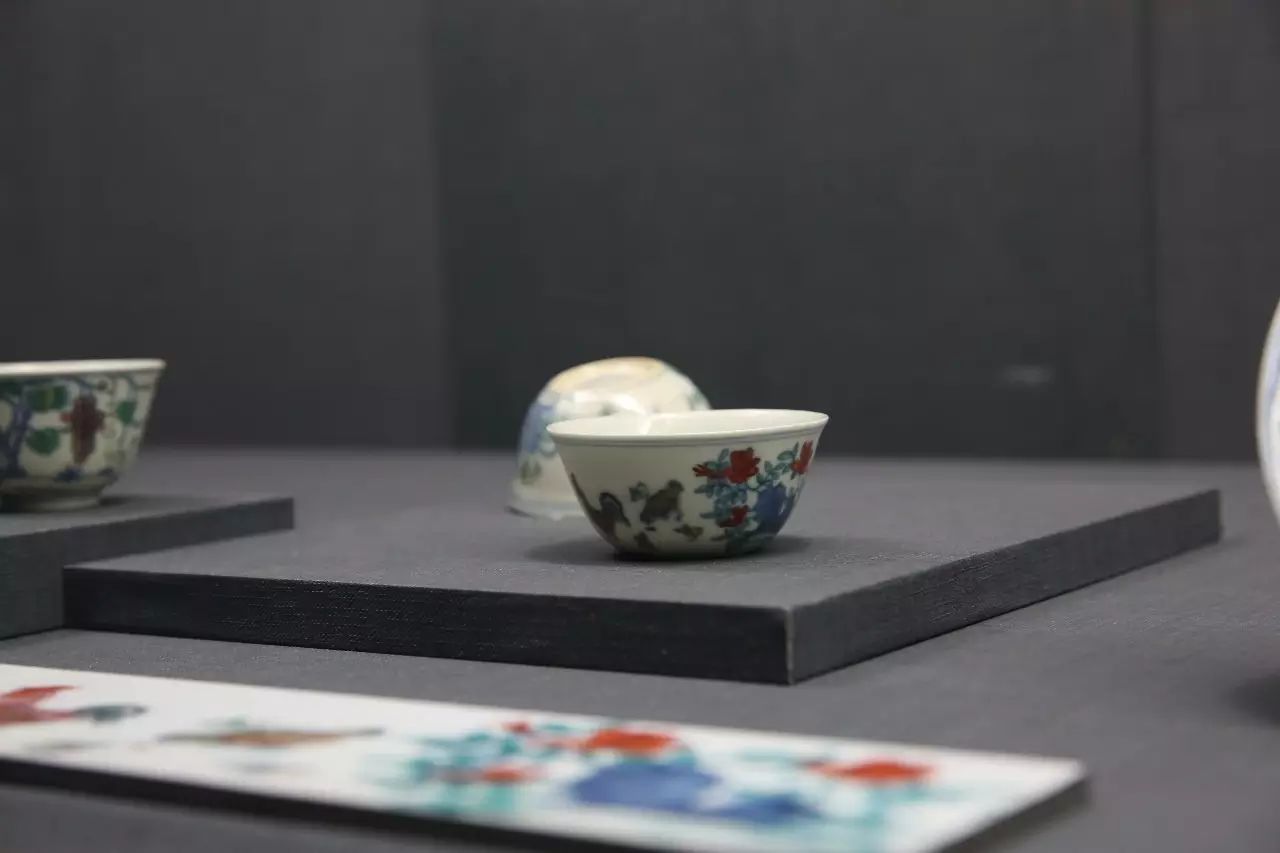
Song Dynasty Ding kiln baby pillow

Black glaze leaf pattern bowl






Very happy horse
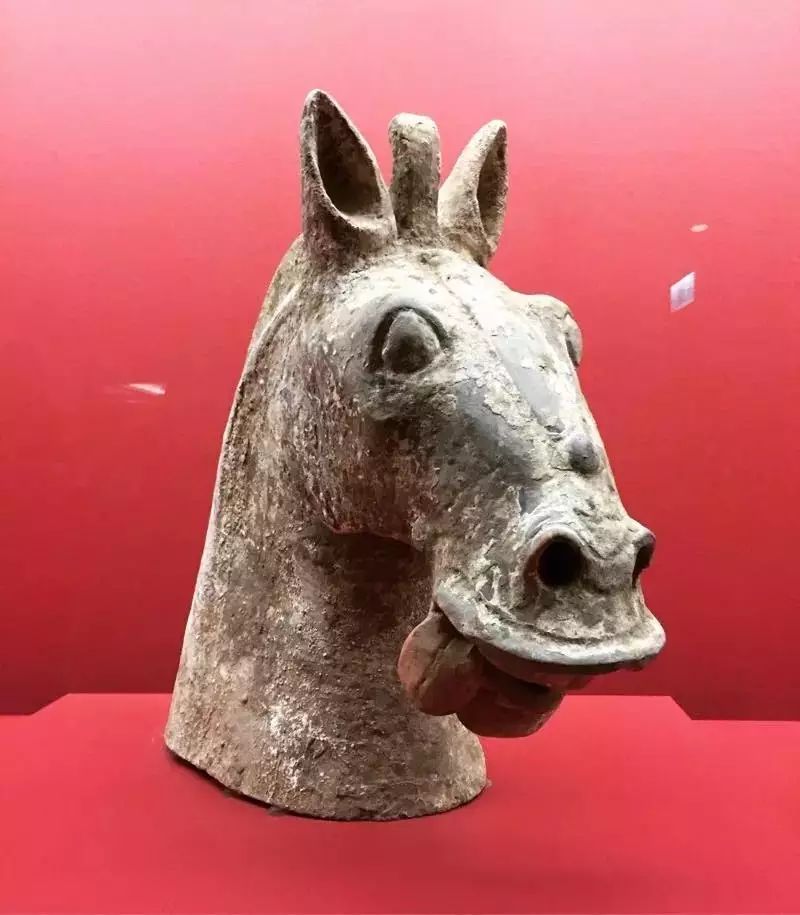
After visiting the museum, you can go to the souvenir shop on the basement floor. You can’t miss the popular “I Got It” tape. In addition, there are also many unique stationery items for purchase.


Since the MRT station closest to the Forbidden City is Shilin Station, and the Jiantan MRT station next to Shilin Station is where the well-known Shilin Night Market is located, and the Forbidden City is backed by Yangmingshan, so many tourists will Plan your afternoon itinerary based on Yangmingshan and Shilin Night Markets. Of course, you can also go to Tamsui to watch the sunset in conjunction with the Tamsui Line after visiting the Palace Museum. We gave up the above route and completed the afternoon trip by combining it with Beitou Hot Spring.
From the National Palace Museum in Taipei, take the exit red 30 to Shilin MRT Station, take the Tamsui Line to Beitou Station, and then take the branch line to Xinbeitou. The MRT on the Xinbeitou branch line is super cute, and there are barrel-shaped game consoles in the carriages.

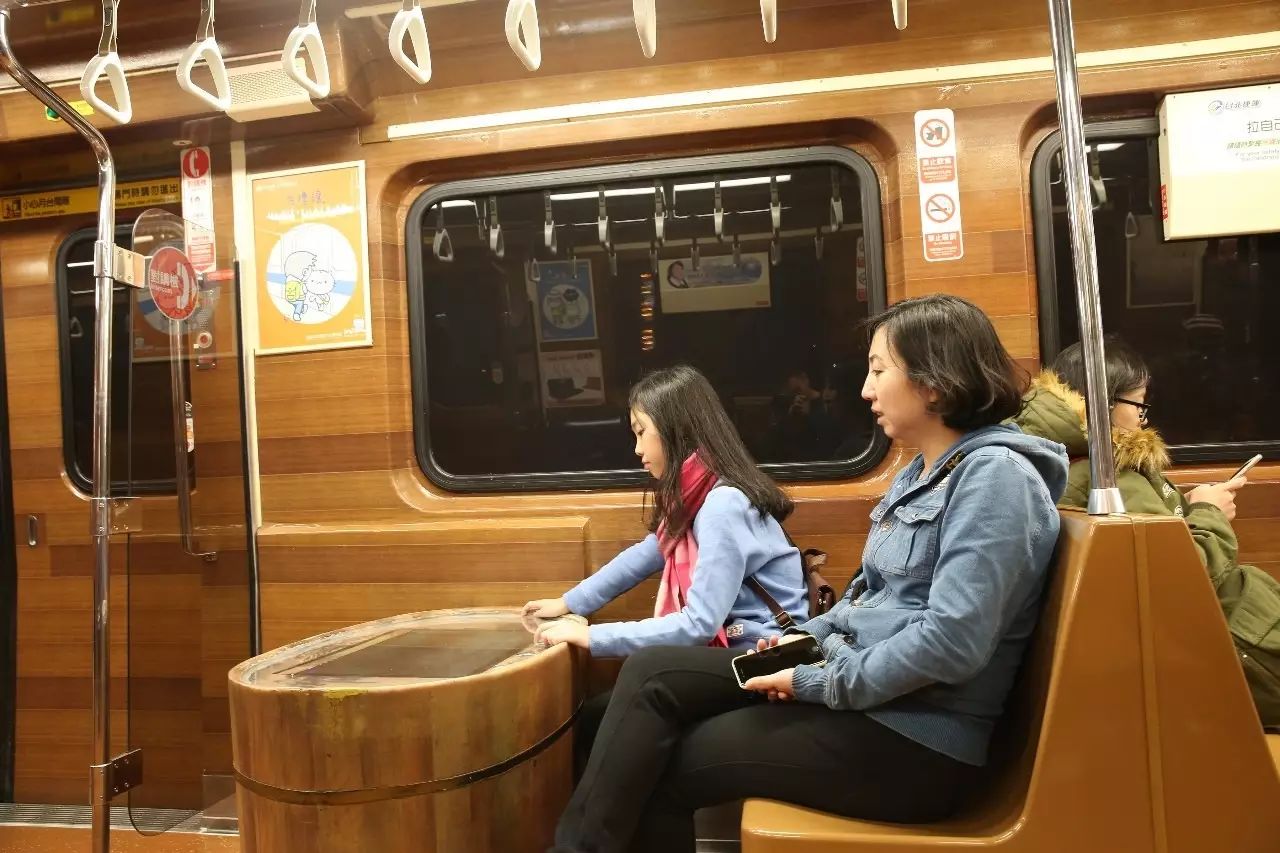
The Beitou area opened the first page of Taiwan's century-old hot spring history, and retained the hot spring area business background during the Japanese occupation. Beitou is also famous because Beitouite is the only mineral named after a Taiwanese place among more than 4,000 minerals in the world. ore.
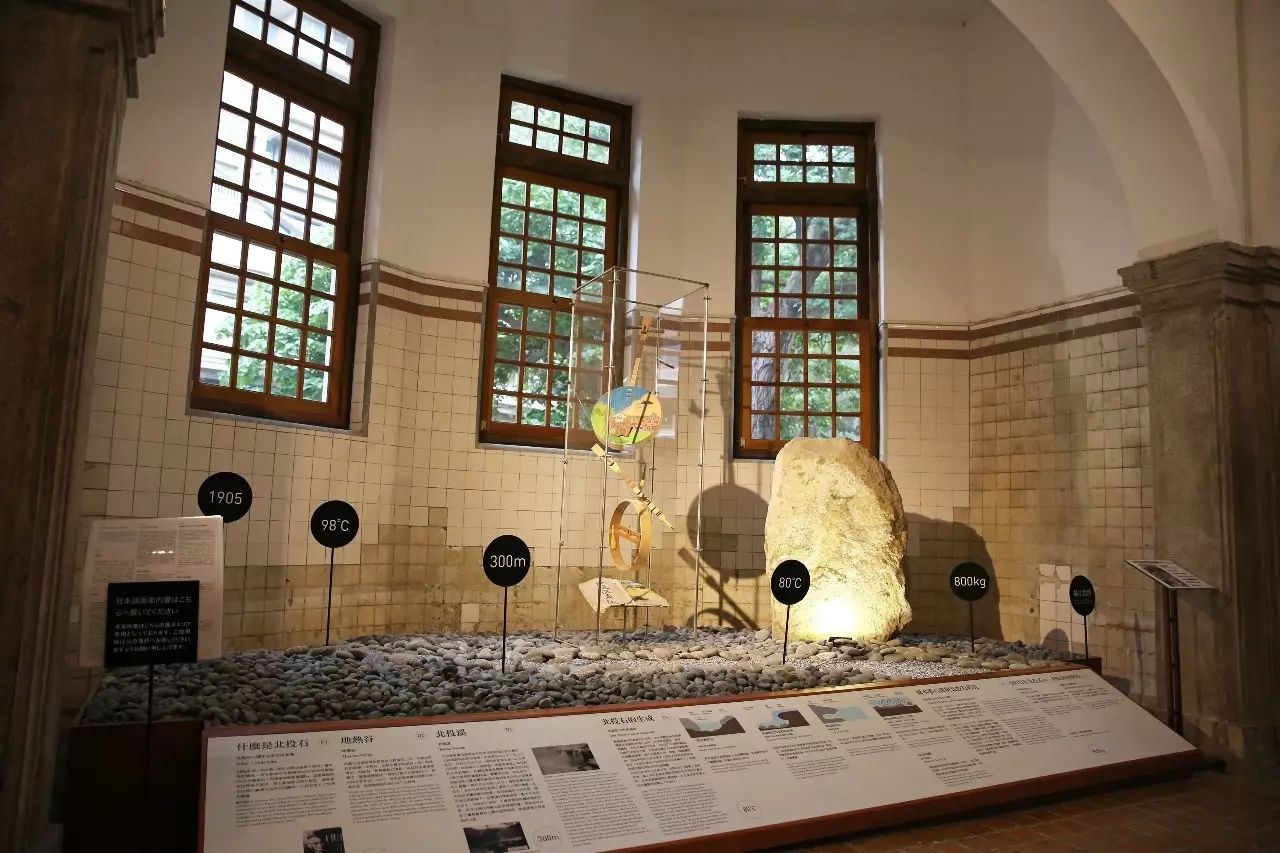
After getting off the MRT, walk straight ahead and you will see Beitou Park. After walking a little further, you will see Beitou Library where community residents can borrow books.

On both sides of the park are various hot spring hotels, ranging in quality, including the higher-end Kagaya and Saner Hotel, as well as the Millennium Hot Spring for the public to soak in the open air. You can take a bath for NT$40, but it requires Please note that you need to bring your own swimsuit. There is also a Japanese-style bathhouse, Takinoyu, where men and women can bathe naked separately. The water temperature is 46 degrees. It is currently under renovation.



Beitou used to be prosperous, but after the changes of the times, it was once abandoned. As the first public bathhouse to be preserved by petition from the community, it was transformed into the Beitou Hot Spring Museum, which is free for tourists to visit.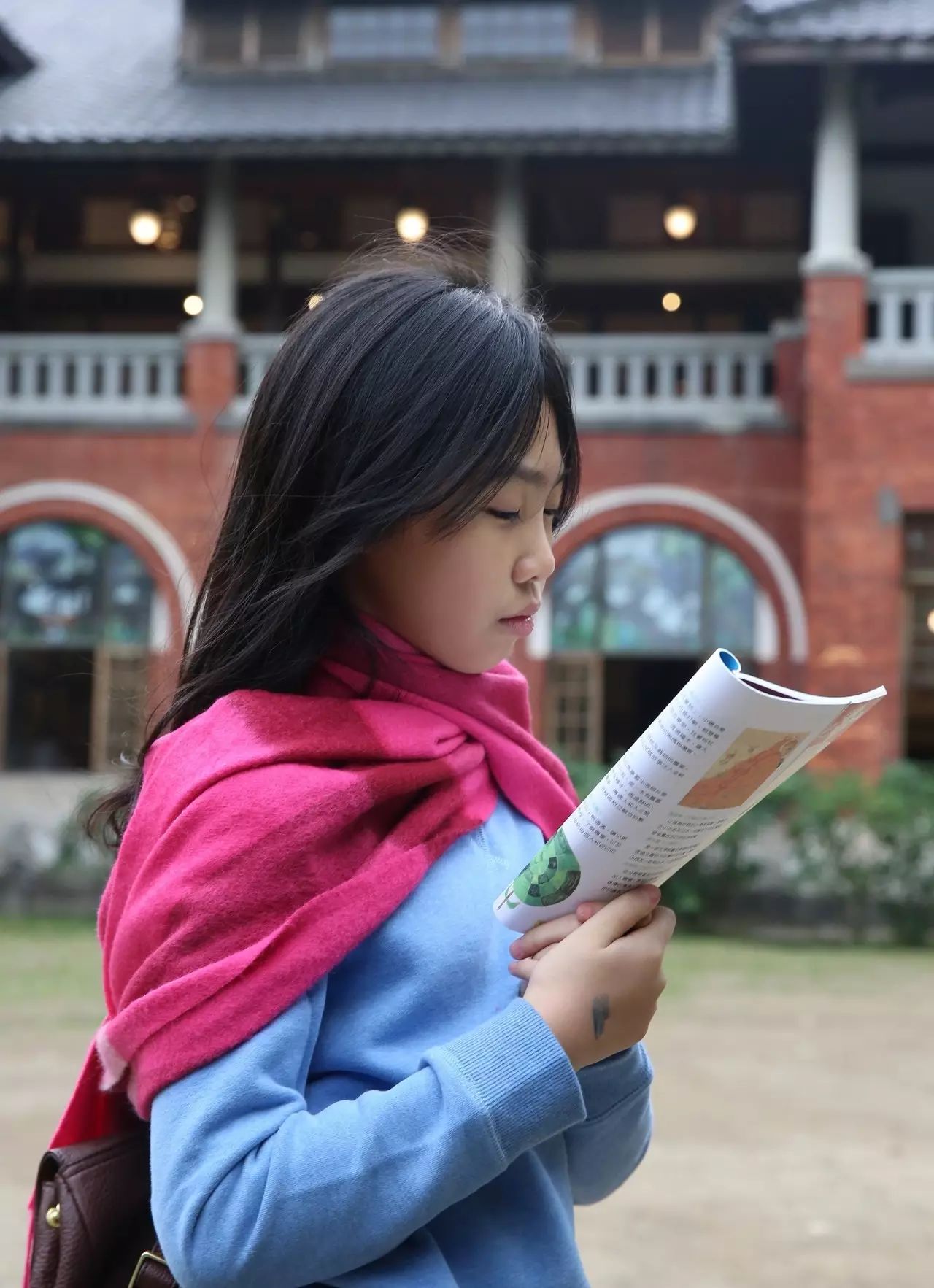

The tatami hall used to be a place to rest, drink tea and watch the sunset after bathing in the hot springs. The large bath was mainly for male guests, and the small bath was mainly for female guests. The pavilion in front of the door retains the black tiles from the Japanese era.
tatami hall



large bath

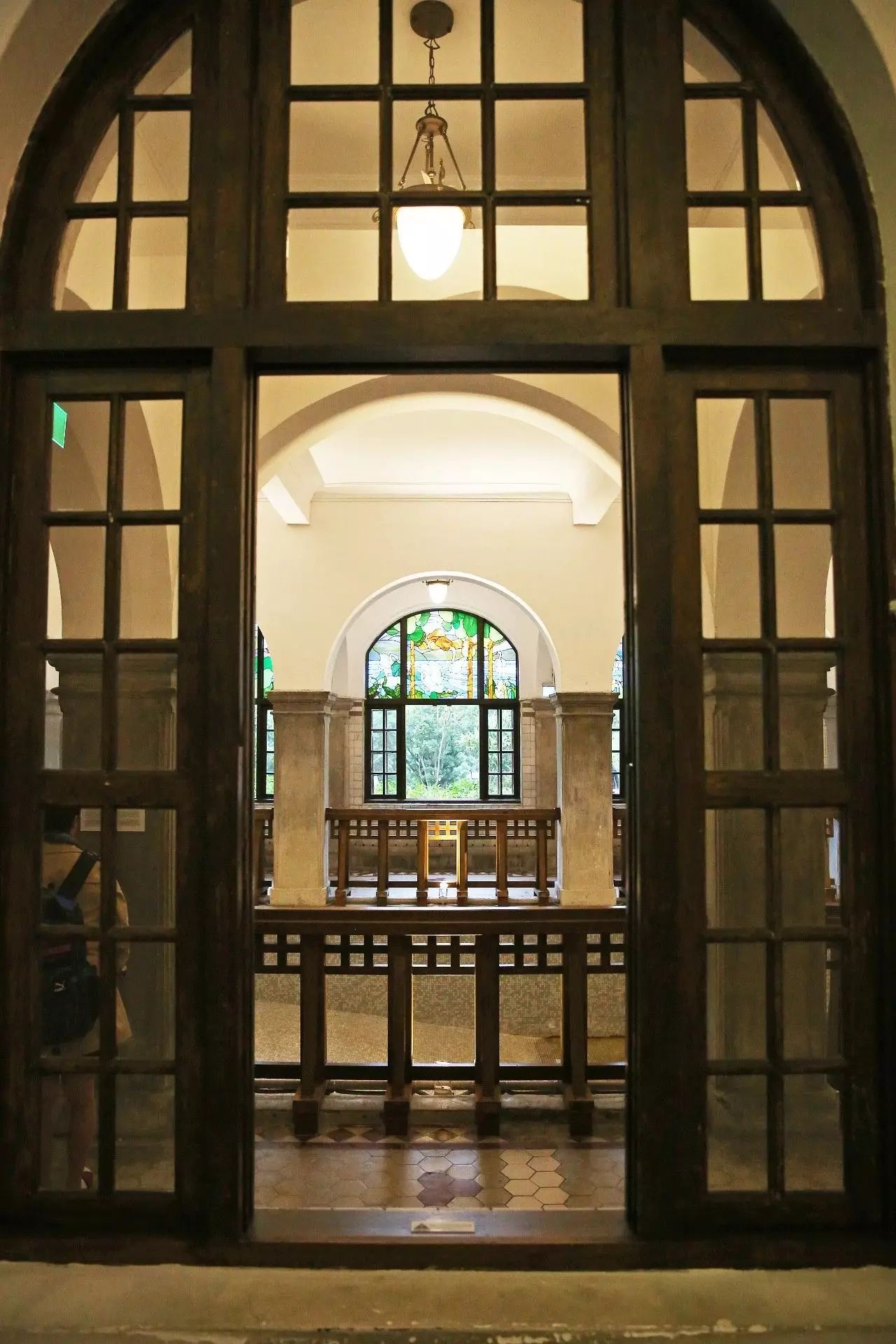
small bath
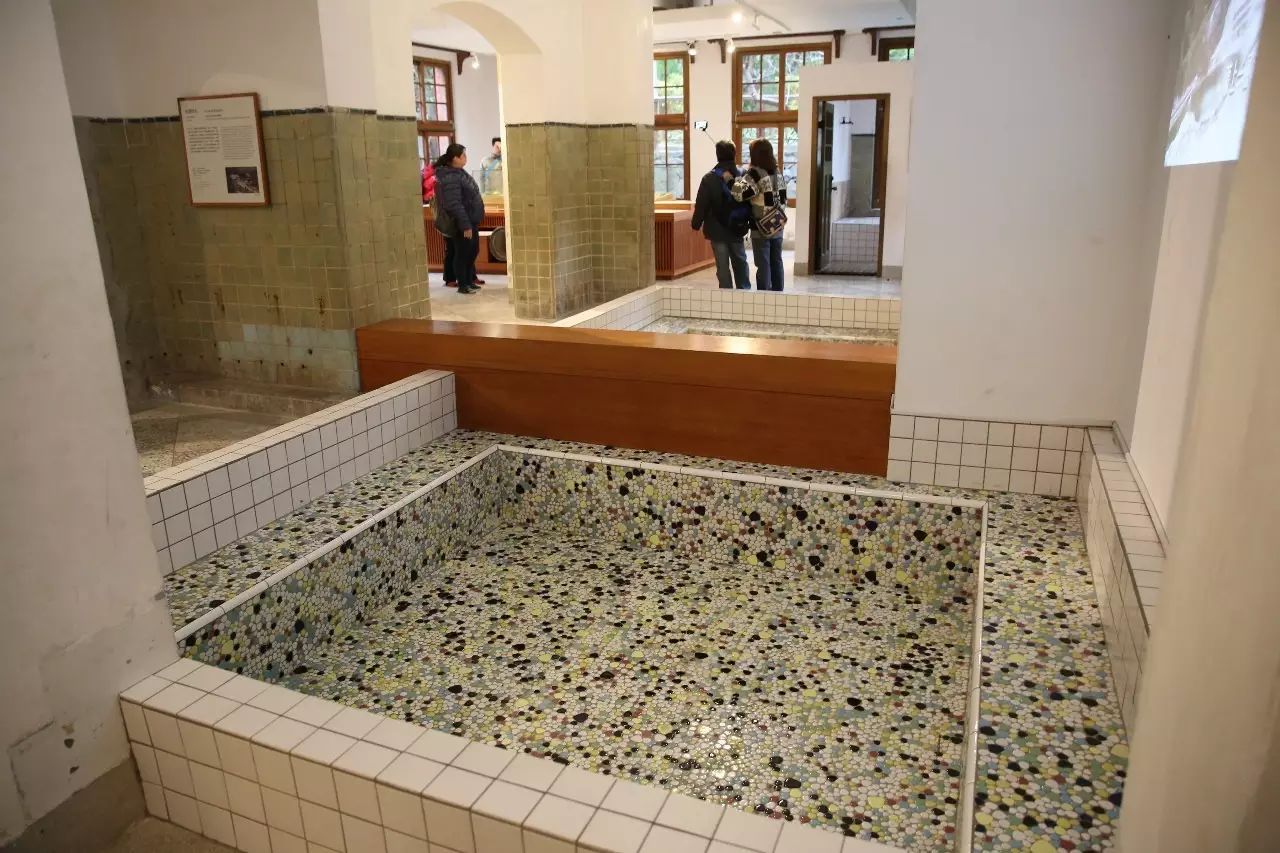
Continuing forward, we reach the Geothermal Valley, where the local water temperature is as high as 90 degrees Celsius. It is filled with sulfur smoke all year round, accompanied by a pungent smell. This was also one of the eight scenic spots in Taiwan during the Japanese occupation.


When choosing Beitou Hot Spring, you can stay and enjoy the hot springs, or you can just soak in the hot springs without staying. 2 hours is enough to relieve the fatigue of the journey. Beitou hot springs are divided into white sulfur, green sulfur, and iron sulfur. Only Beitou in Taiwan has sulfur springs. The hot spring water has a rotten egg smell.

After bathing in the hot spring, we took the MRT back to the hotel and went straight to the Liaoning Street Night Market with a hungry stomach. Night markets are a compulsory course in Taiwan. How can you not go to a night market when you come to Taipei? In fact, you don’t have to have too many illusions about the night market. Personally, I think the night market looks prosperous, but in fact there are only a few popular stalls. It doesn’t matter if you do this strategy or not, because popular stalls will always have queues, so just look for one with lots of people.

The 85 Degree C stores in Taipei are all simply decorated shops, far less fancy than the ones in mainland China, but the price and taste are still worthy of appreciation. A large cup of milk tea only costs NT$55. Almost all milk tea in Taipei is made at his home.

I walked around the night market and fell in love with the chicken chop stall. Unexpectedly, the chicken chop was sold out and I only bought chicken wings and flower balls.
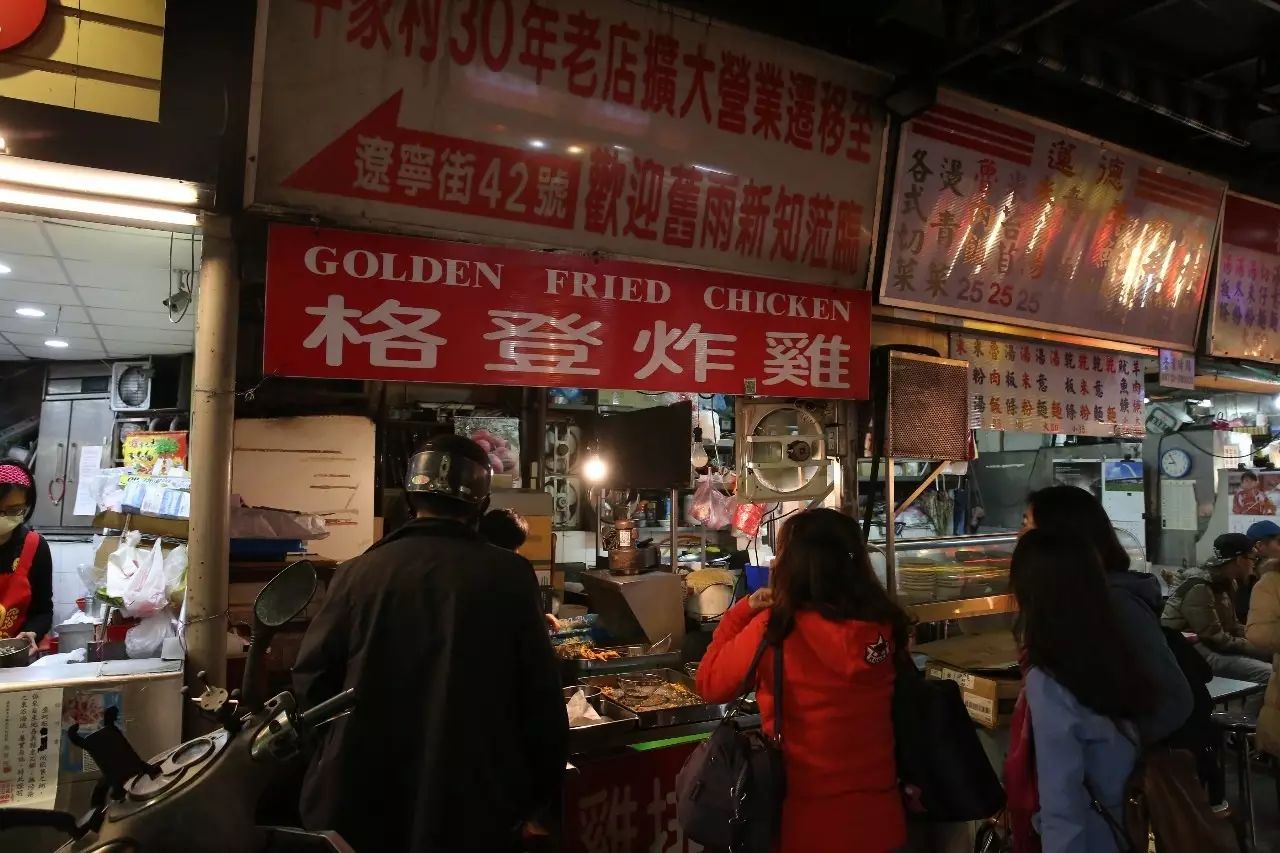

There is also a famous Lin Dongfang Beef Noodle nearby, which you can walk to. It's after 8pm, and you still have to queue up if you want to eat Lin Dongfang. Thinking about queuing for a long time, I ordered a big bowl of beef noodles without hesitation, served with the signature dried flowers. I felt so full after eating it, the beef was too thick.

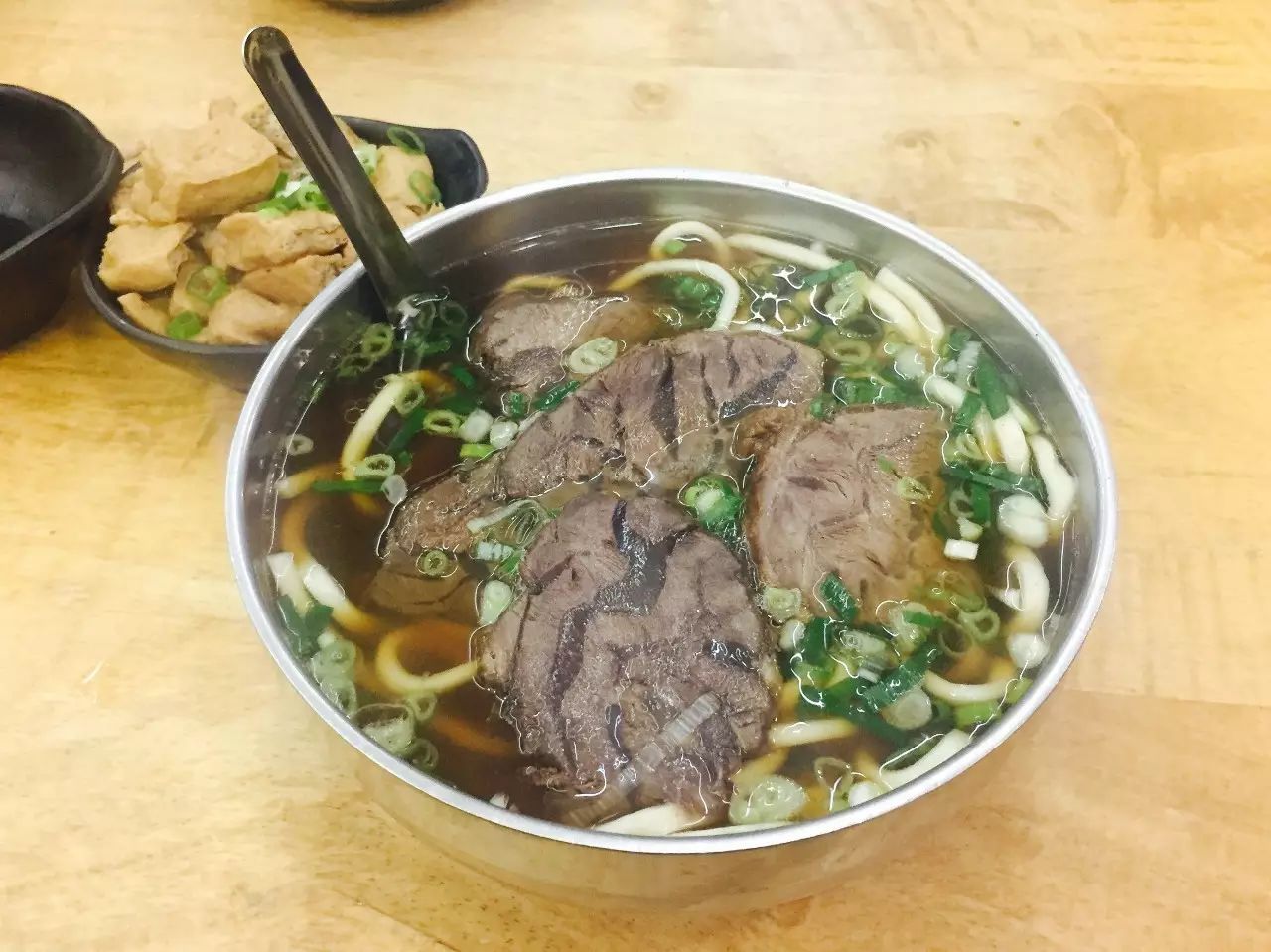
There was something that looked like sesame paste in the condiment jar on the table, so I put it in my mouth and tasted it, which was a tragedy. Who told me this is from sesame paste?
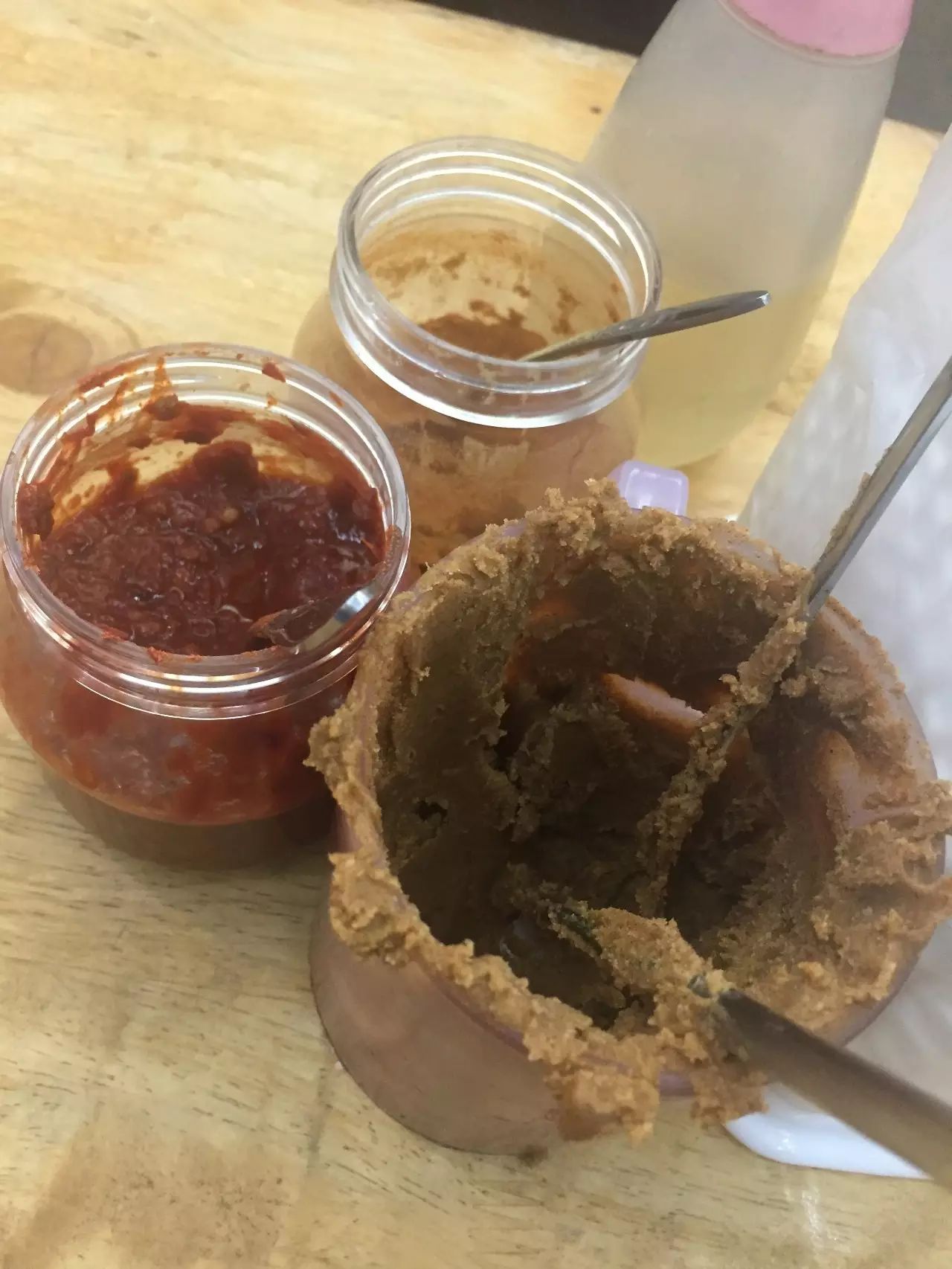
During my trip to Taiwan, I ate quite a variety of foods, but in retrospect, this bowl of beef noodles was my favorite. Of course, there are many famous beef noodles in Taiwan, and Lin Dongfang is just one of them. This kind of old shop gives people a friendly feeling. It only talks about the food and not the environment.

Taipei Day 3 Weather: Cloudy
Of course, a zoo is indispensable for a family trip. The National Zoo in Taipei is located at the terminus of the Wenhu Line. You can take the MRT directly from the hotel without changing. By the way, the Wenhu Line is the first line to be opened in Taipei. The carriages are independent and driverless. Most of them are elevated lines, and you can see the city of Taipei along the way. This is also something I like to do. Standing in the MRT or sitting in the bus, quietly looking out the window at the unfamiliar environment, there is always a sense of wonder. Fantastic feeling.
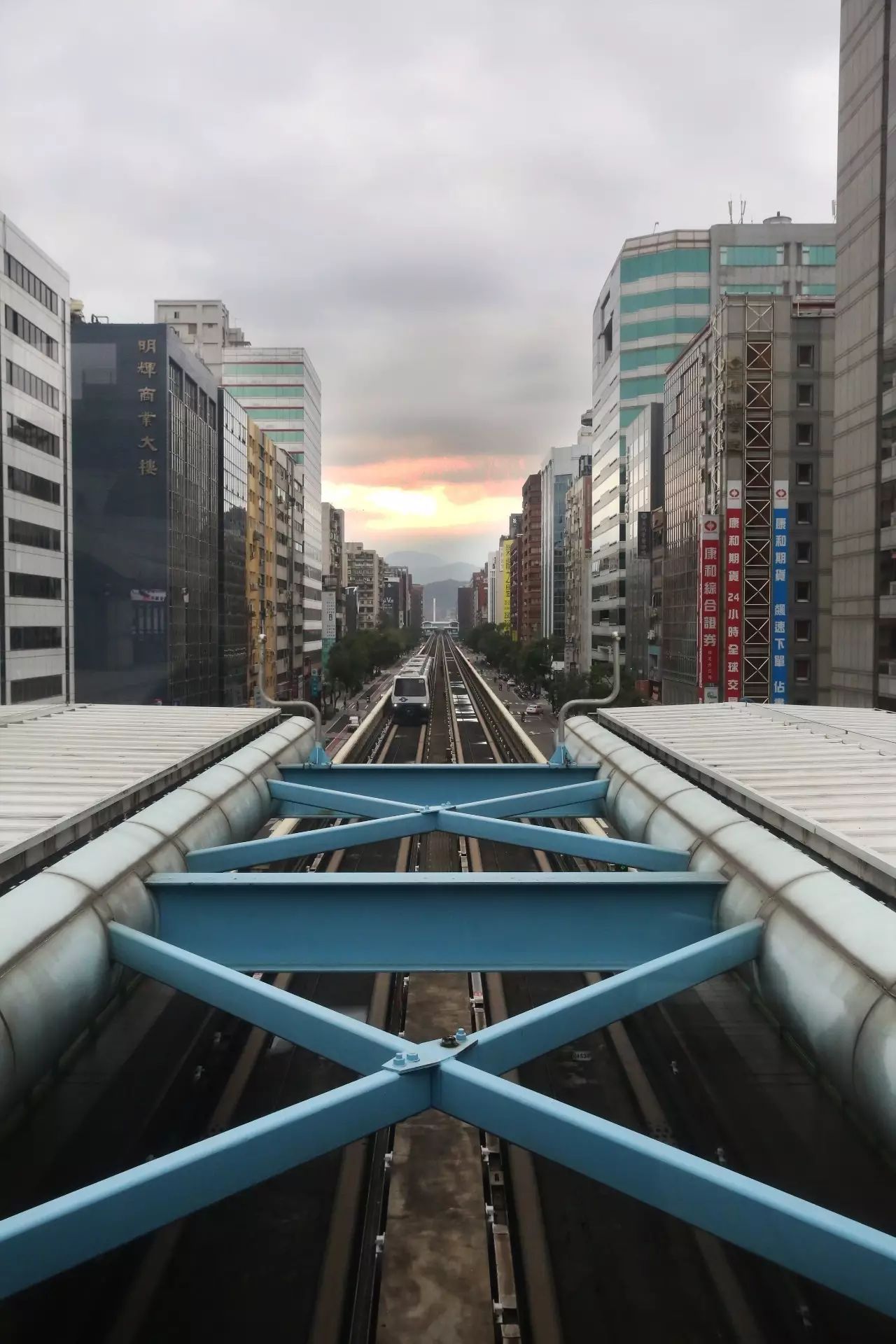
Taipei Zoo, also known as Muzha Zoo, is known as "Asia's largest zoo". The ticket price is still affordable, NT$60 per person, and only Taiwanese children can enjoy discounted tickets.

The Taipei Zoo is relatively famous throughout Taiwan, and most of the reason may be attributed to the reunions here, and the cute Yuanzai. When you enter the park, you will be issued an admission ticket to the Cat and Panda Pavilion with a specific entry time. There will be a daily passenger flow limit. Of course, it’s easy to time it, because the panda house is very close to the door. I wrote it correctly. Taiwan believes that "cat and panda" is more in line with the Chinese language habit of naming names at the end of words.

Compared with the zoo in Singapore, the zoo in Taipei lacks exciting performances and fixed-point feeding projects, and is only for visits. But compared to zoos on the mainland, I still feel that the living environment of animals there is much better. It is a semi-open park, and the entire zoo is more like a botanical garden. There is little rancid smell of animal feces in it. Yuanzi climbed up the branch and broke off the branches one by one for himself to play with. His bulky body almost fell off the branch. There are chimpanzees who tease the audience and gibbons who like to roar... This is more like a home for animals than a cage for people to watch.
After entering the park, walk to the left and visit the Asian tropical rainforest area, desert animal area, Australian animal area, African animal area, and finally arrive at the bird park for bird watching.




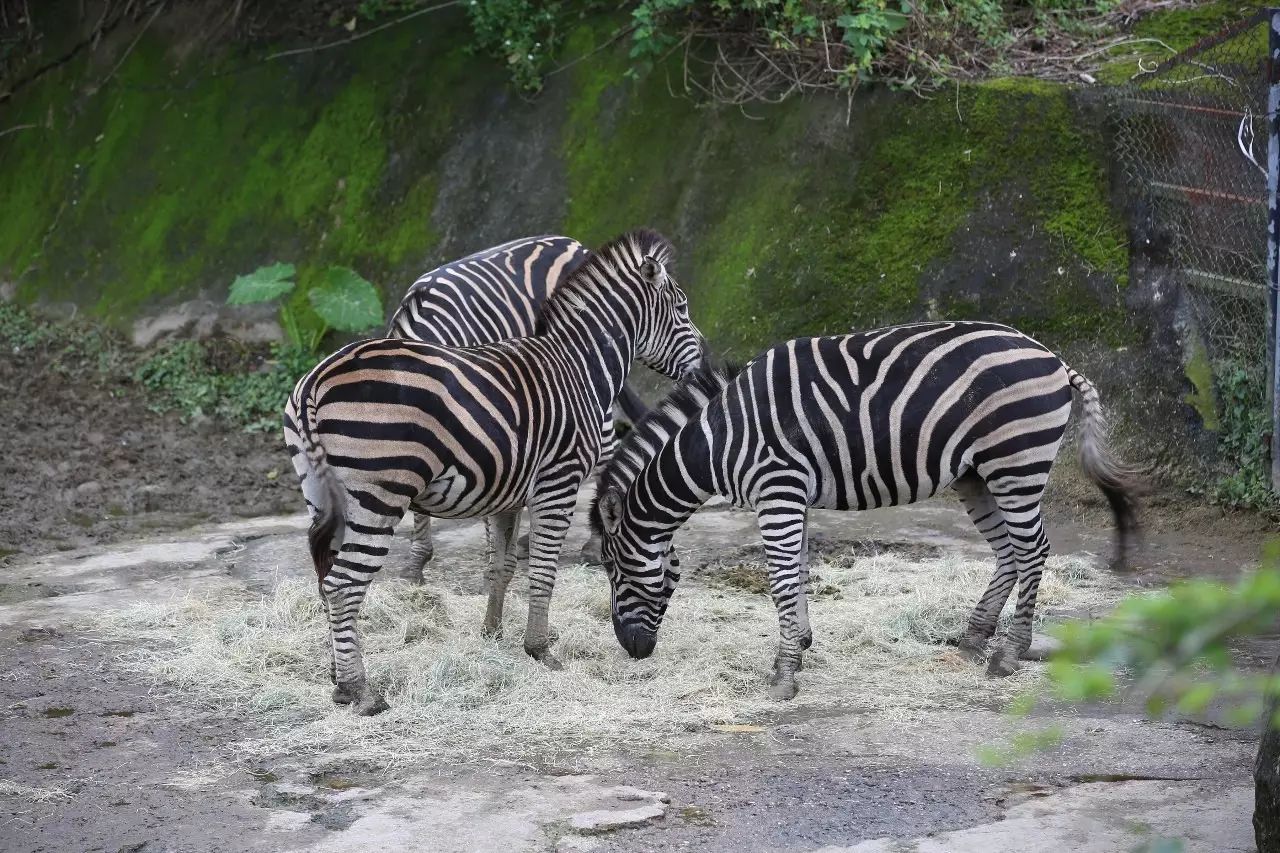

The Bird Garden is at the very back of the zoo, so I almost missed this place where it’s easy to film.



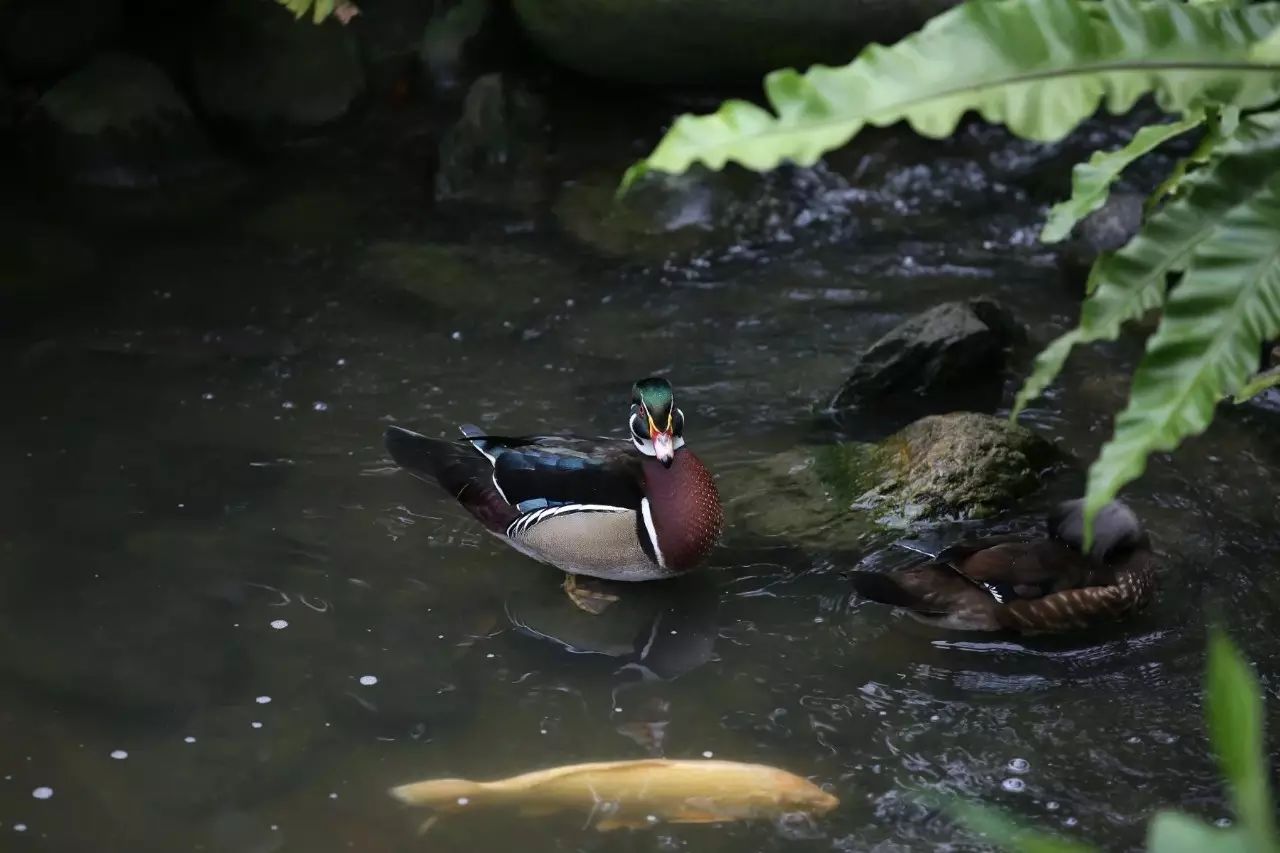
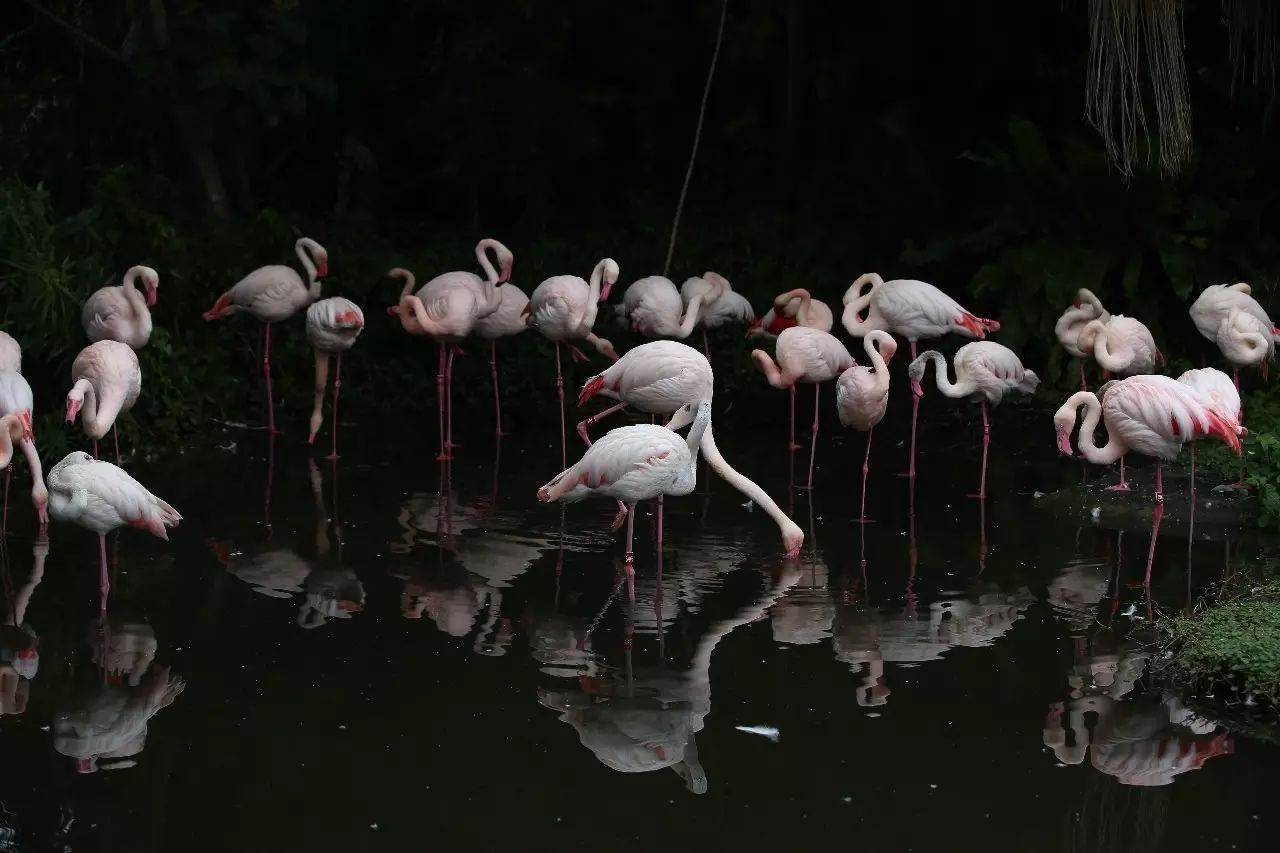
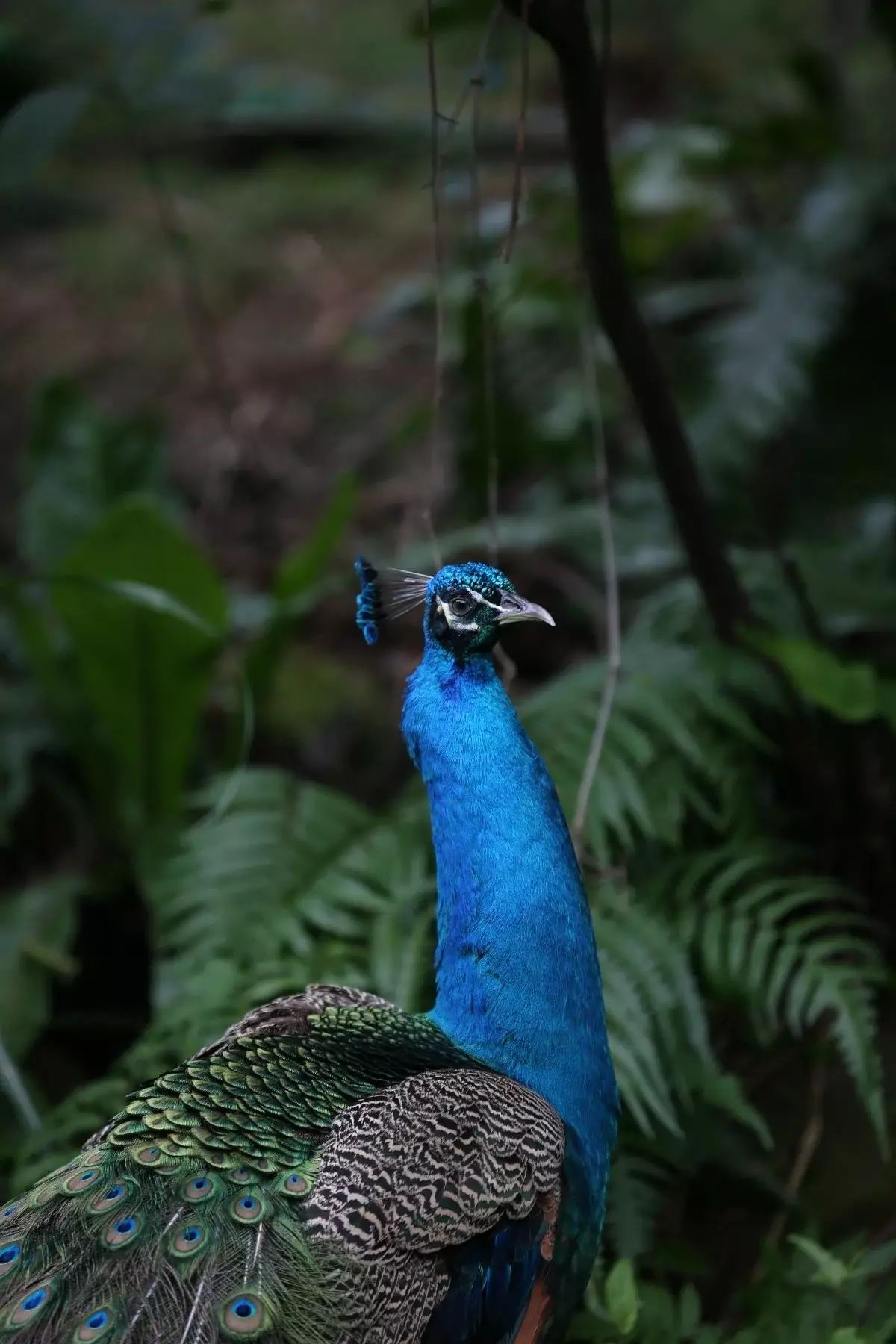

After the trip, you can take the park tourist train back to the main entrance. The ticket is NT$5 per person. You can also take a special car at the west gate of the zoo and take the Maokong Cable Car to go to Muzha Sightseeing Tea Garden and have tea on the mountain. Due to the delay of the flight on the first day, we were unable to complete the itinerary of Ximending and Longshan Temple, so we gave up the Maokong Cable Car line and Shenkeng Old Street again, and went to the East Gate for lunch first and then to the West Gate for shopping.
Taiwan's Xiao Long Bao is internationally renowned for its pursuit of ultimate craftsmanship, striving for excellence in terms of ingredients, craftsmanship and service. The 18-pleat steamed dumplings are a kind of art in themselves, and the service staff are even more pleasing to the eye. It is said that even closing the table is a beautiful experience. The Din Tai Fung main store is located at the intersection of Yongkang Street, just past the traffic lights from Exit 5 of Dongmen MRT Station. It’s really a perfect guide, saving time and effort. We still had to queue up to get our order, and the semi-open kitchen was definitely a show of confidence. It was already past the lunch point and we had to wait for 20 minutes. Xiaolongbao is Xiaomi’s favorite and you definitely can’t miss it when you come to Taipei. This is also where Wai Guoren likes to check in.


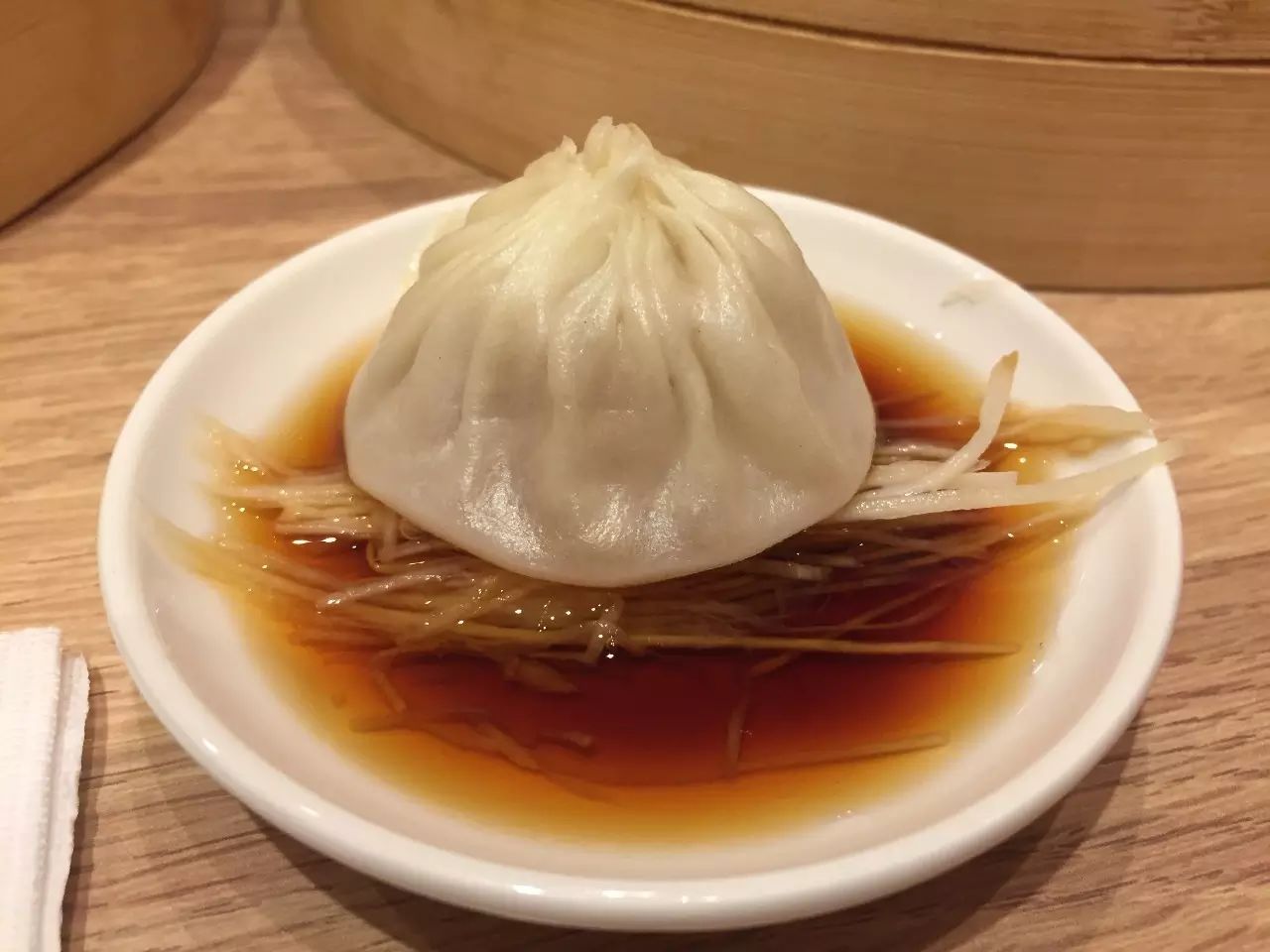

Ximending has gradually emerged since the Japanese occupation. At that time, it was planned as a residence for the Japanese and the Ximen Market was built. The red building is the entrance to the market. Unfortunately, the Red Building was under renovation when we went there. The square in front of the Red Building hosts a creative market on weekends, selling various small commodities. Many stalls have signs stating that photography is prohibited.

There was nothing too new to see, so I walked along Chengdu Road and went to Fengda Coffee to check in. The old cafe, which has been around for half a century, still has the old decoration style. When you enter, you can smell the aroma of coffee. They sell traditional Cantonese cakes and coffee beans at the door, and you need to queue up to buy them. The shop’s signature ice-drip coffee, order coffee and milk tea, take a break while tasting, and plan your next trip.



There is a saying in Taiwan called "One mansion, two deer and three Monga", which refers to the three most prosperous towns in Taiwan during the Qing Dynasty - Tainan, Lukang and Monga. Monga is the birthplace of today's Taipei. Due to the influence of the movie "Monga", it is imagined that this place is filled with a unique atmosphere of rivers and lakes, and it will feel even better after dark.



Longshan Temple enshrines statues of various gods, which is like a United Nations in the temple, including Guanyin, Mazu, Wenchang, Ksitigarbha Bodhisattva, Guan Gong, Hua Tuo, Zhu Xi and a goddess in charge of fertility, whether for peace or marriage. , praying for children or seeking wisdom, it is said that they are both effective. You can ask for a signature at the entrance, and there are various sachets at the exit. You can ask for one according to your needs. I bought a Wenchang sachet for Xiaomi and prayed that my daughter would be wise.


In addition to Longshan Temple, the Menga business district also has the Bopiliao historical district, which is also the filming location of "Mengga". The entire row of red brick arcades preserves a fairly complete street scene from the Qing Dynasty and is now mostly used for filming movies or wedding photos. You can visit the buildings inside, and it’s up to the photographer whether you want to take retro or fresh photos. Bopiliao Historic District is located on Guangzhou Street, not far from Longshan Temple.
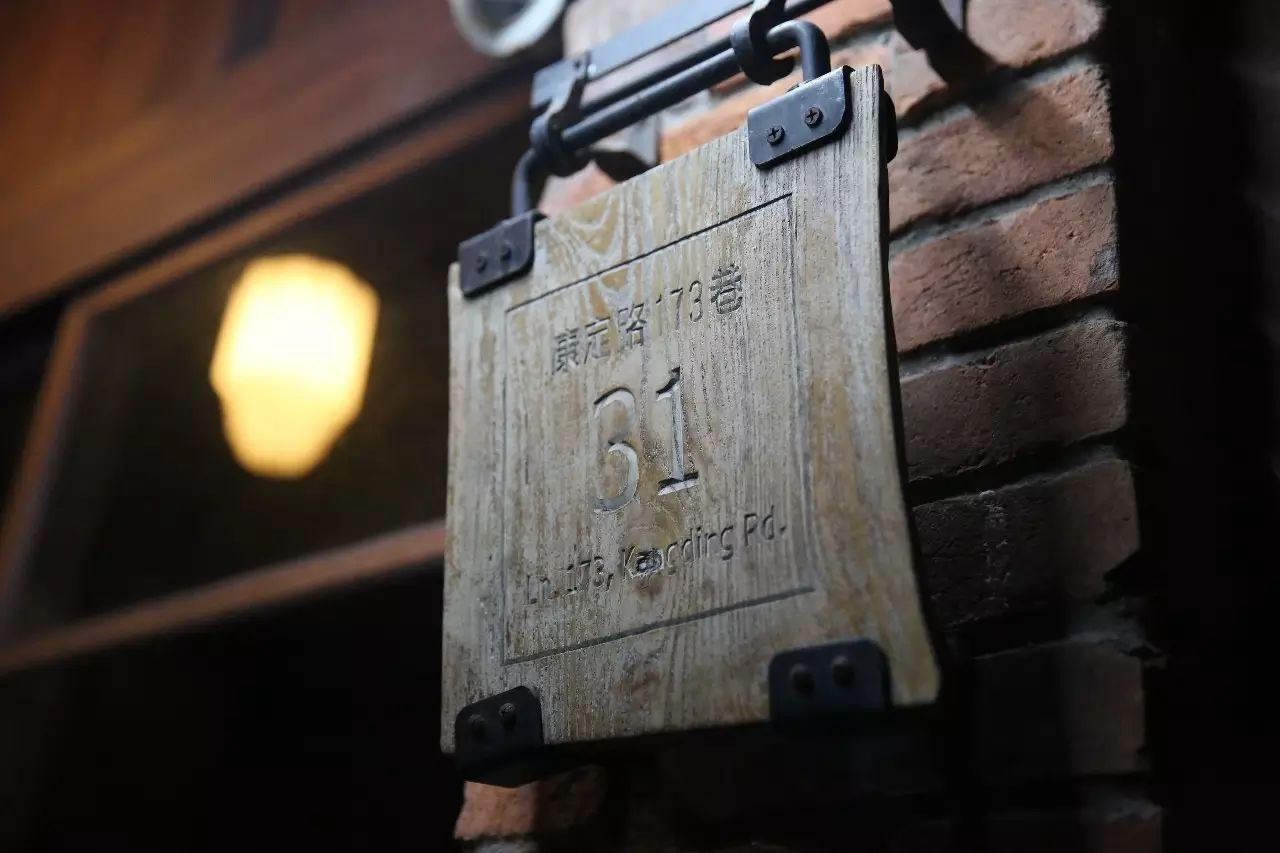




Don’t worry about dinner, because there are two night markets here, namely Menga Night Market and Huaxi Street Night Market. The two night markets are vertically connected, and Huaxi Street Night Market is more like a massage street.

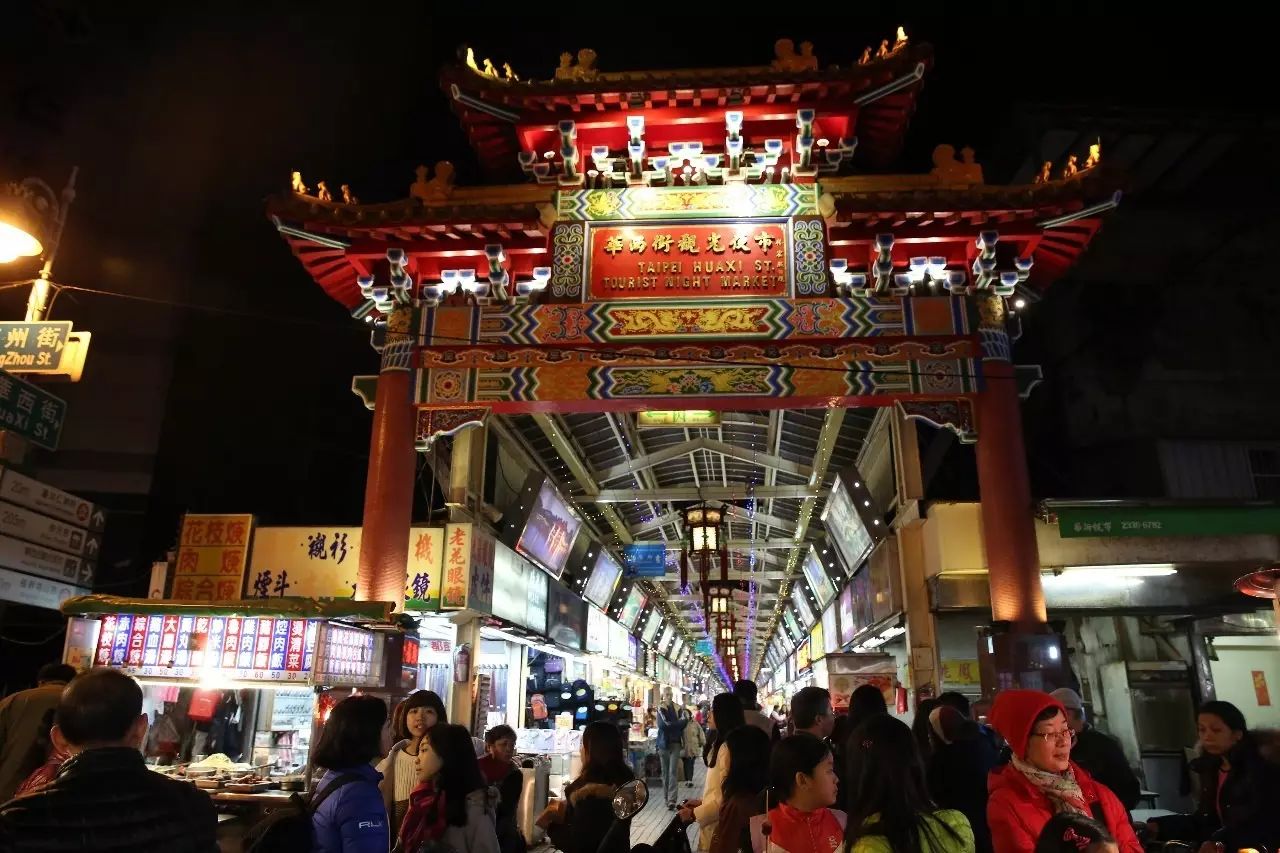
First, we tasted Beigang Sweet Soup from Huaxi Street Night Market, a 60-year-old conscientious shop. The locals sitting next to us also enthusiastically guided us in ordering desserts. Then go to Menga Night Market to look for the most Taiwanese "Miss Love Jade Ice" and "Top Sweet and Spicy", paired with a glass of willow juice, it's OK, but it doesn't feel very digestible.

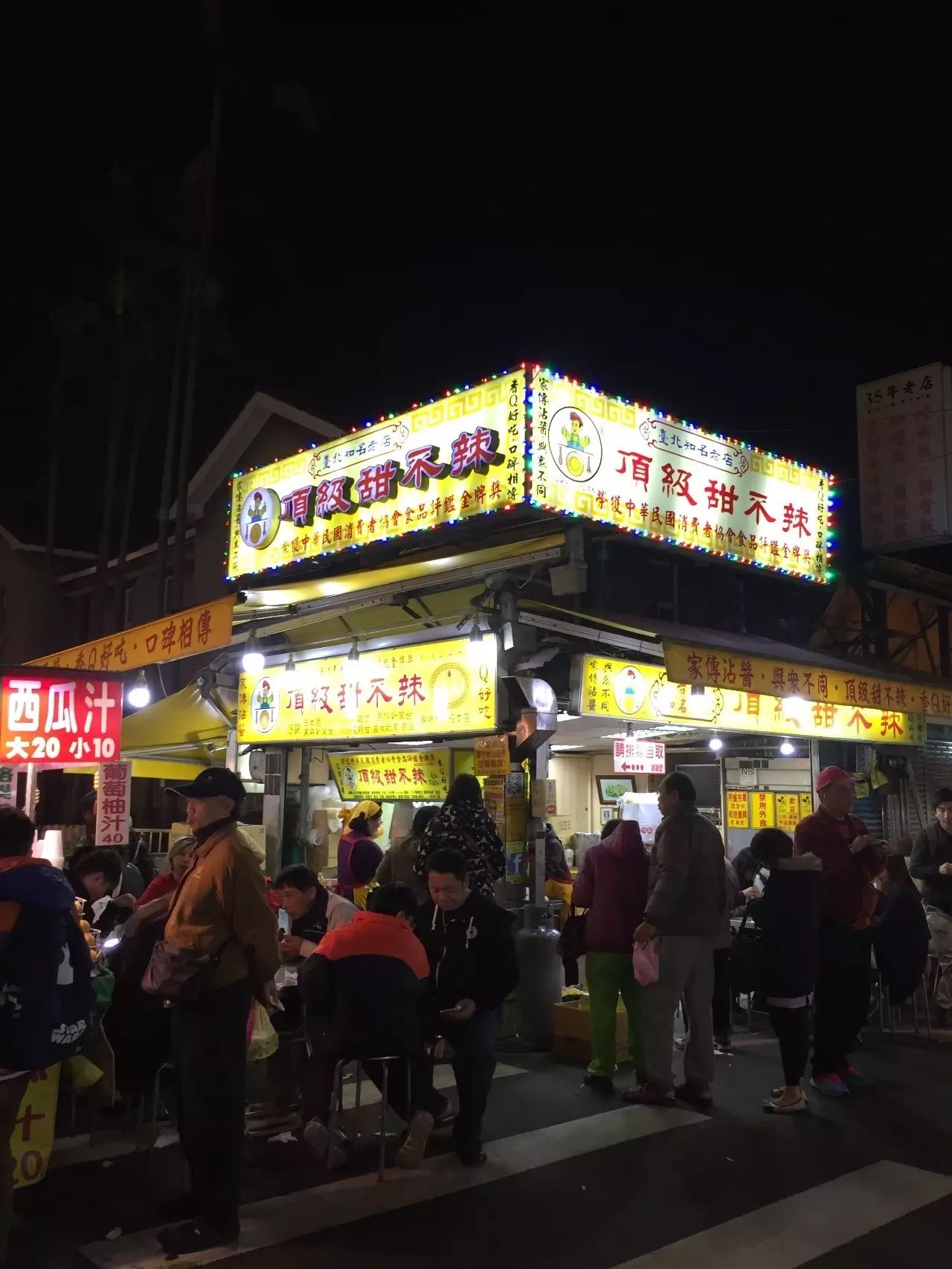
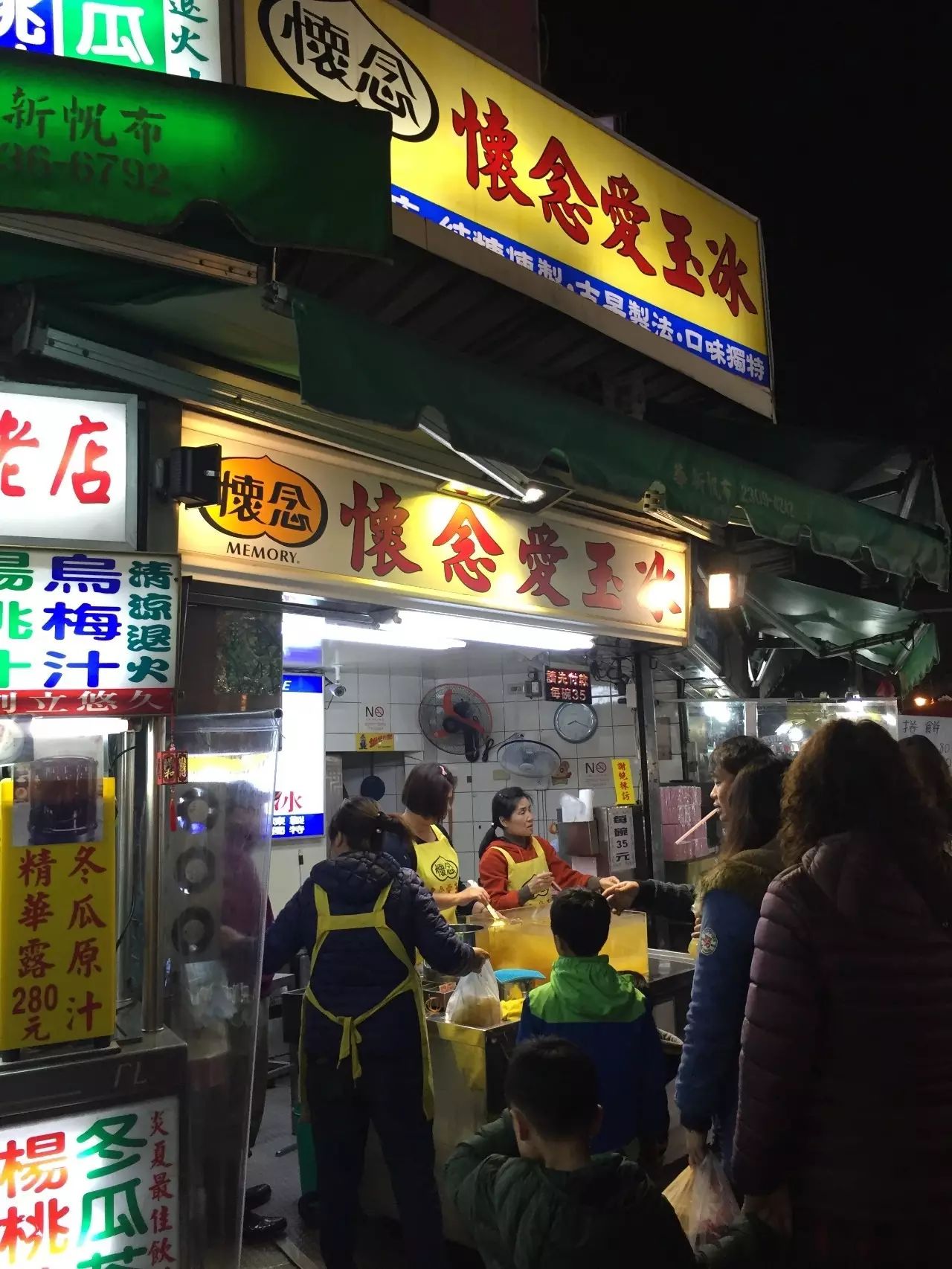
To be continued…
